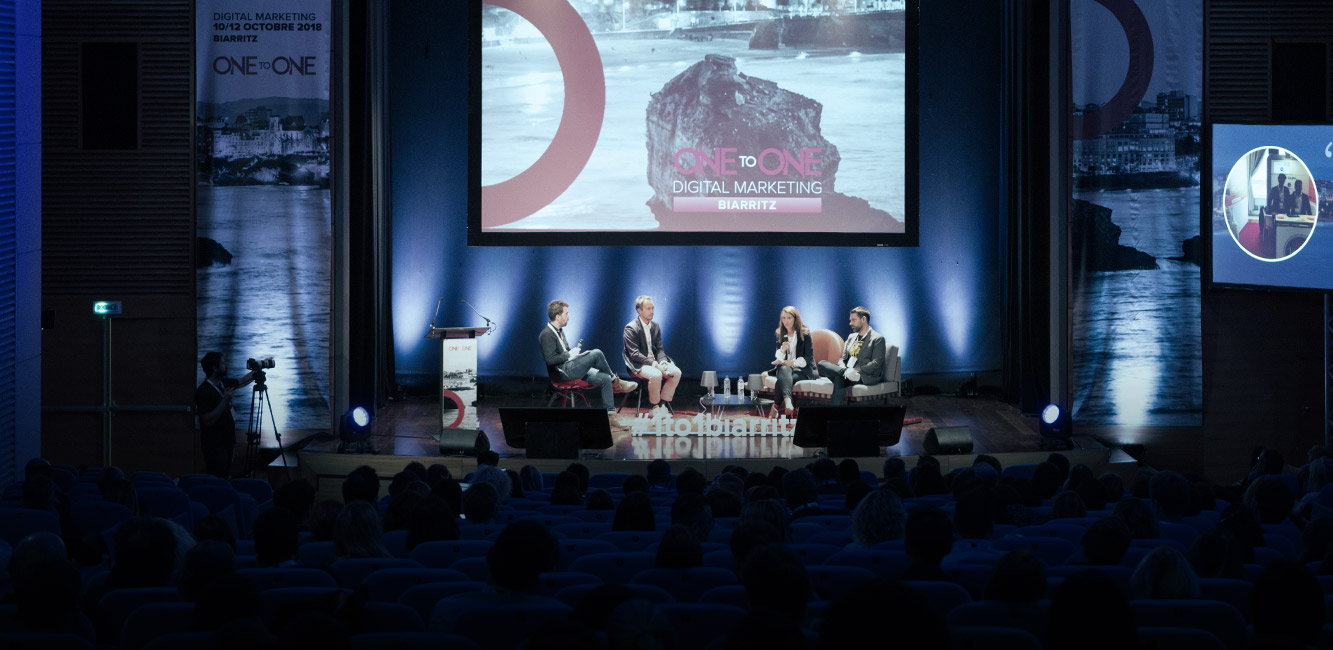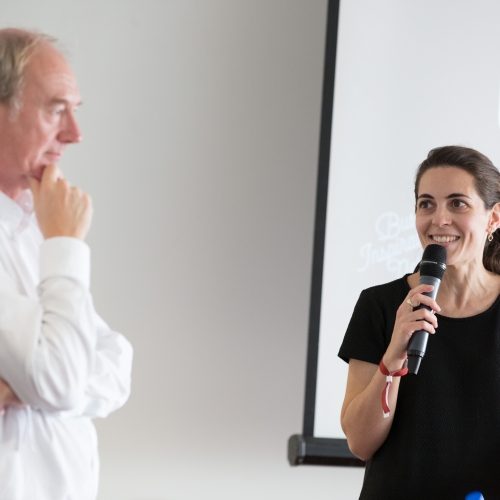What is Akeneo?
Akeneo is a Product Information Management (PIM) tool designed to help brands and retailers regain control over product information and transform technical data into business data. This company works with retail brands from all sectors or industries. It is a flexible solution that can model any type of product and adapt to all business strategies.
The tool is produced by the eponymous French company of 130 people, and has a subsidiary in the United States, Germany, and soon in England. Among these numbers, 50 people are dedicated to R & D. This demonstrates a willingness to invest and support customers with a solution that adapts to innovations in terms of customer experience. Akeneo is also an open source editor that offers a free version of the tool.
How is product information vital to the image of a brand?
Because the choice is now vast, brands must make the difference and distinguish themselves to ensure that the product reaches the customer and the brand. It's about maximizing the points of contact and the opportunities to present your product as well as to implement a real interaction with the online and offline customer.
Today, product information must be adapted to new channels of interaction, and these formats require pushing beyond technical information. It is also necessary to produce usage information to match the intentions of consumers.
Product experience is the key to a successful marketing strategy, and product information is included in this experience. Brands generally invest heavily in the development of the user experience but are not equipped with tools to address an omni-channel strategy of product experience. Three levels of information must be provided:
- Technical information: the first level to deal with in order to establish contact with the final consumer. For example, "gluten-free" cakes, "camera-mounted" drones or "leather" shoes.
- Information of use: for example, biscuits "for the taste of the children", the drones "for the beginners / the competition / to watch the cattle" or the shoes "of trek". We begin to offer the customer a beginning of experience and not only the technical data. Targeting helps bring the product in sync with the communication strategy.
- Emotional information: for example, an entry phone or mid-range phone will include a photo and a technical description unrelated to the uses. Conversely, the leader of the telephony will propose a beautiful visual and an engaging description endowed with a semantics referring to the sensations and the emotion.
Akeneo helps relieve the technical aspects to let marketers be creative and express brand identity through descriptions.
Focus on the Cora case
Cora belongs to the group Louis Delhaize based on four European countries, namely Romania, France, Belgium and Luxembourg.
The development of its product experience strategy was based, among other things, on popularization, that is to say the provision of information that the customer is able to understand. Previously, information systems were built on management data, information intended to make the purchase or to be handled in logistics and marketing, but rarely to customers.
With the rise of digital, Cora took the opportunity to remodel stores with the ambition to improve customer service.
The first project started in April 2014 and consisted of providing technical information to the client. To do this, a route in the form of a poster has been set up, qualified as "silent salesman". Consumers made their choice of product without the need of a seller because the card provided the necessary information. The project was rolled out in 6 months in all of the group's hypermarkets.
The company then took advantage of the store remodeling to deepen the digitization of the surface, via the installation of terminals on one foot or on the counter of the seller (thus pushing the interaction between customers and sellers). The experience of the silent salesman has been extended to other categories, such as the garden, camping, toy or barbecue. Two examples:
- The power of a lawnmower has ceased to be presented in the form of watts, but according to areas in square meters. Buyers now project themselves more easily into their land and no longer rely solely on power in the abstract unit of measure.
- Cora Belgium has a strong reputation in wine and offers between 800 and 1000 wines a year. The product information dispensed is filtered according to the routes, and the customers of the drive have for example no interest in consulting the information on the domains. In contrast, these areas are shown on CoraWine. But the data is located in the same place: it is the information channel that filters the information to be used.
In addition, the brand has recently decided to send 8 personalized offers to each of its 32,000 customers (12,000 by mail and 20,000 in paper format). The return rate was 25%, compared to 5 to 10% with usual practices. The PIM is a project that is not destined to end. He lives with brand marketing and provides the means to develop a true omnichannel strategy to be operational in the short term.
To successfully implement such a project, the design phase should not be underestimated. We must also maintain a pragmatic approach and not claim to be specialists in product information when we are a generalist. Finally, we must take the time to define the responsibilities of each service, while giving objectives of quantity and quality.
Speaker:Valérie DESBORDES, AKENEO and Hervé HUBERLANT, CORA
Similar article
Check out Mazeberry workshop on the utility of the attribution model for businesses



